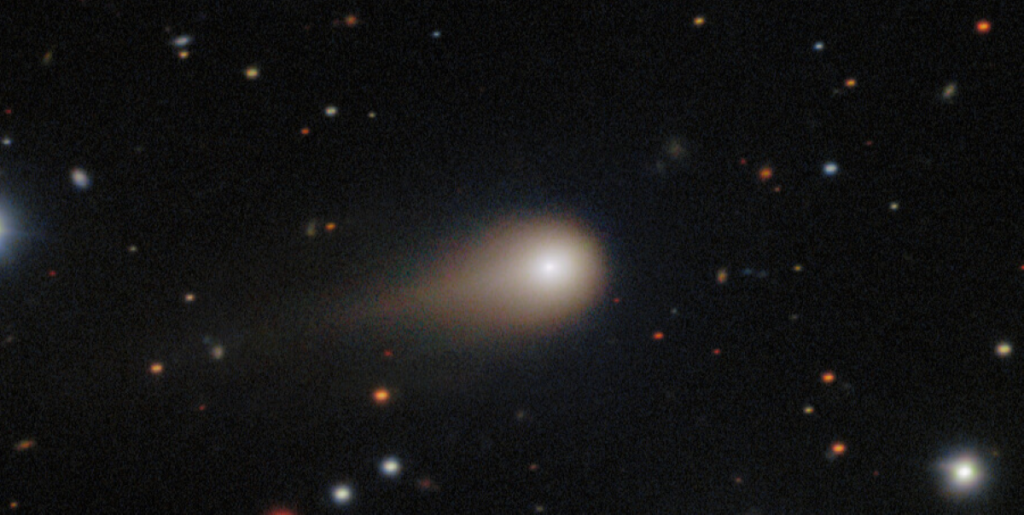When astronomers spotted a glowing object racing through the solar system earlier this year, some wondered if it could be an alien spacecraft.
Others are reading now
It wasn’t, but the truth may be even more remarkable.
The object, officially named 3I/Atlas, is only the third interstellar visitor ever detected entering our solar system, and scientists say it is reshaping what we know about comets and the origins of planetary systems.
1 Not from our solar system
Most comets are remnants from the early formation of our own solar system, orbiting the Sun in predictable paths. 3I/Atlas is different, it comes from somewhere else entirely.
“It’s sort of like a messenger from afar,” said Jacqueline McCleary, an astrophysicist at Northeastern University. “Interstellar objects are the only things we’ve ever gotten physical observations for that originated outside our solar system.”
Researchers believe 3I/Atlas was once part of another planetary system and was ejected after a gravitational disturbance, travelling through deep space for millions of years before reaching us.
Also read
2 A glow that came too soon
When astronomers first saw 3I/Atlas in July, they noticed it was already glowing brightly, even though it was far from the Sun.
Normally, comets only light up when solar heat begins to melt their icy surfaces, forming a cloud of gas and dust that creates the familiar tail.
“Most comets need to get closer than Jupiter for that process to start,” McCleary explained. “But 3I/Atlas formed a coma while still beyond Jupiter’s orbit, which is highly unusual.”
The early brightness led to speculation that it could be artificial, but later studies showed that it was simply an unusually active comet.
3 Rich in carbon dioxide
Data from NASA’s James Webb Space Telescope revealed that 3I/Atlas is rich in carbon dioxide, with a ratio of CO₂ ice to water ice of roughly eight to one, among the highest ever recorded.
Also read
This composition provides valuable clues about the environment where the comet formed.
“Its parent system may have been unusually rich in carbon dioxide, or it experienced different radiation conditions that left more CO₂ and boiled away everything else,” said McCleary.
Comparing 3I/Atlas to other interstellar comets could reveal how different solar systems develop and how unique our own may be.
4 A window into other worlds
Because 3I/Atlas originated beyond our solar system, it offers scientists a rare sample of material from another planetary nursery.
Studying its composition can help researchers understand the diversity of conditions that lead to planet formation elsewhere in the galaxy.
Also read
“It’s a window into what the pristine material is for other solar systems,” McCleary said. “That helps us refine our models of how planets and systems form, and maybe why ours could support life.”
5 One more close look
Later this year, 3I/Atlas will cross near Jupiter’s orbit again as it exits the solar system. NASA’s Juno spacecraft is expected to have the best view of this final pass, potentially providing more insight into its structure and remaining material.
“We could potentially get a very close look,” McCleary noted. “By then, it will have lost much of its carbon dioxide, letting us see what remains beneath the surface.”
Each new observation of 3I/Atlas brings scientists closer to understanding how different – or similar – other solar systems may be to our own.


